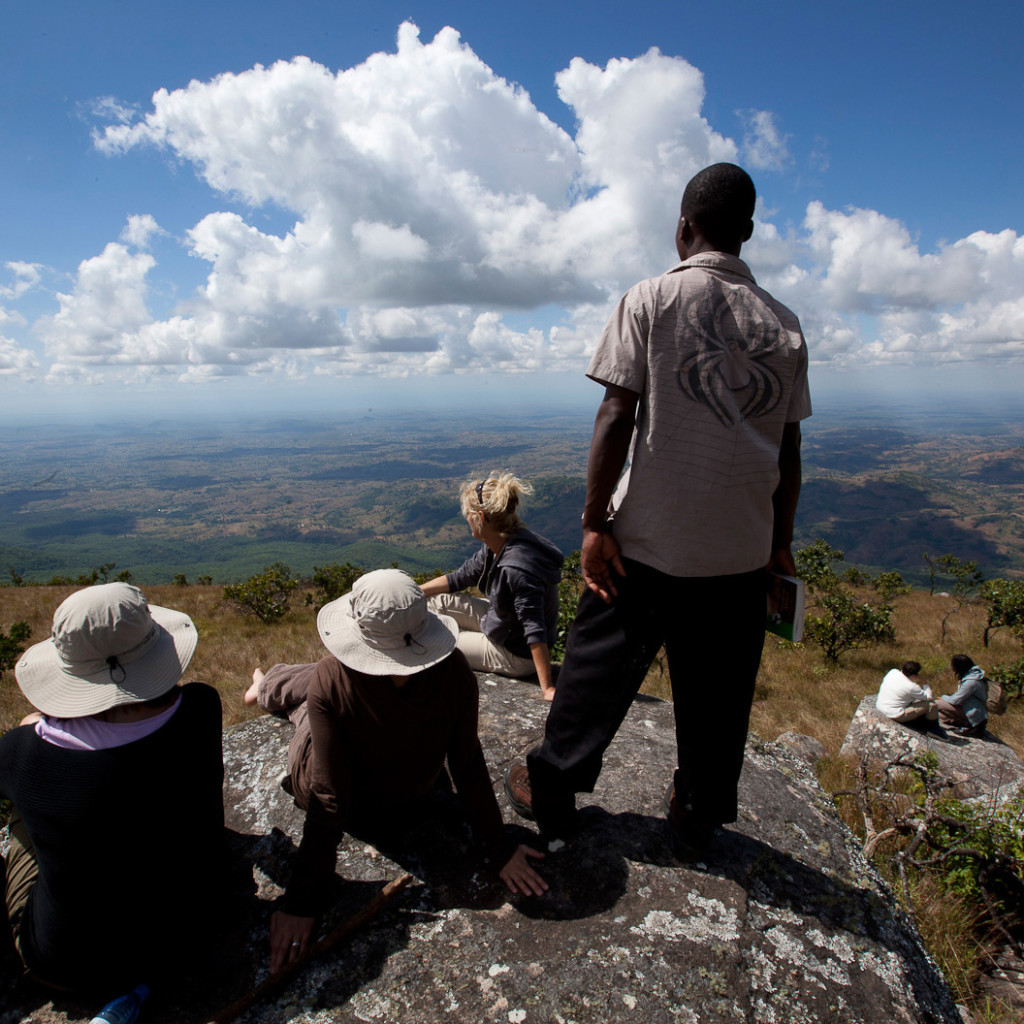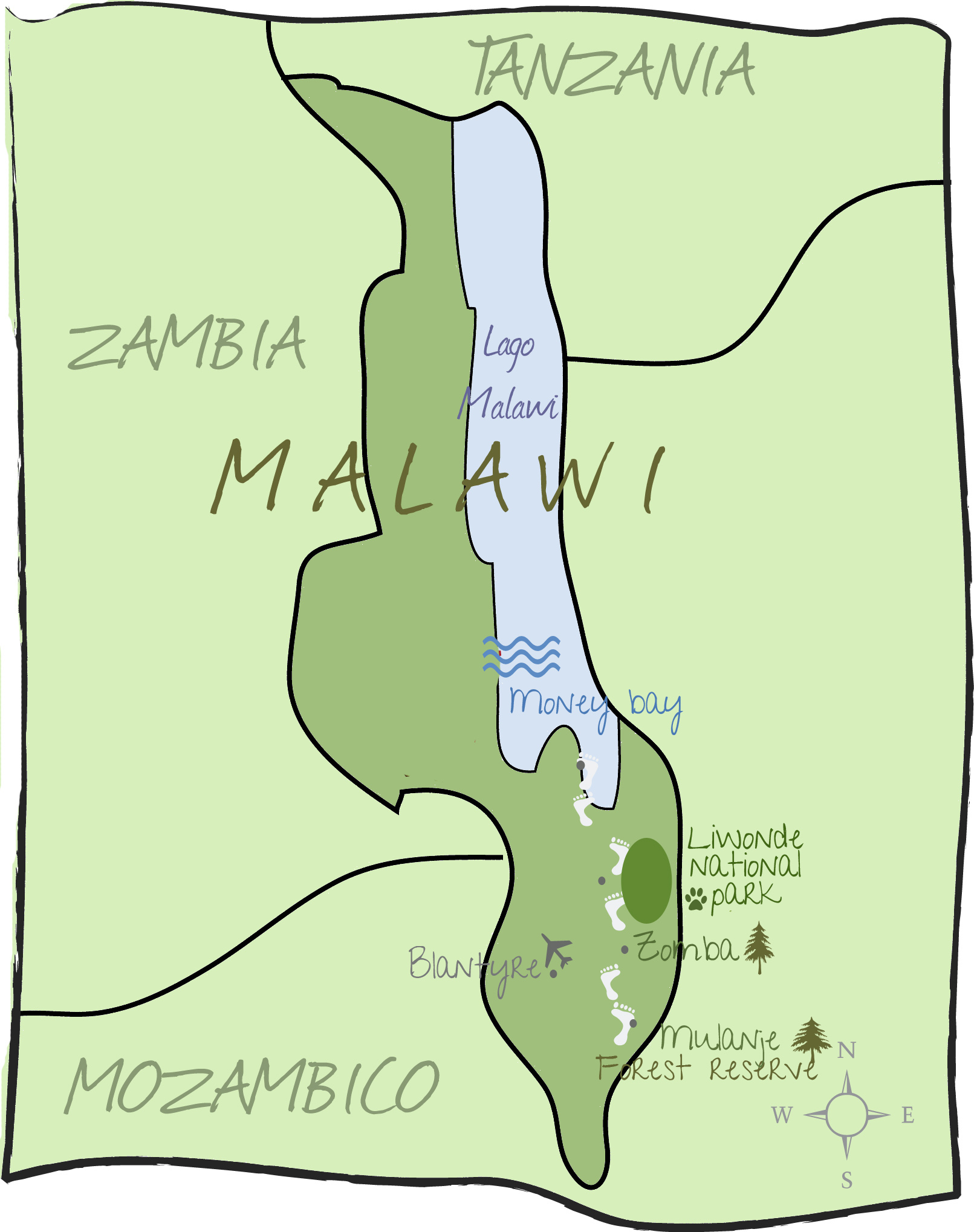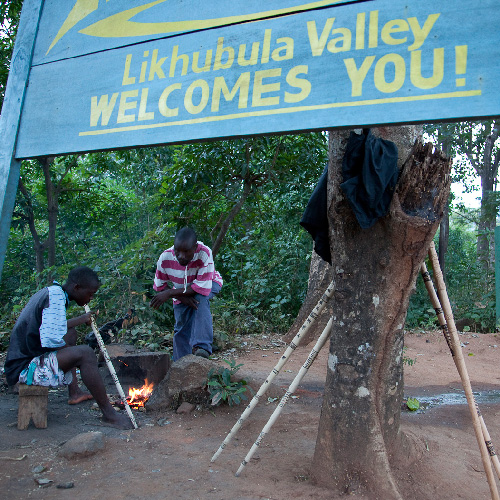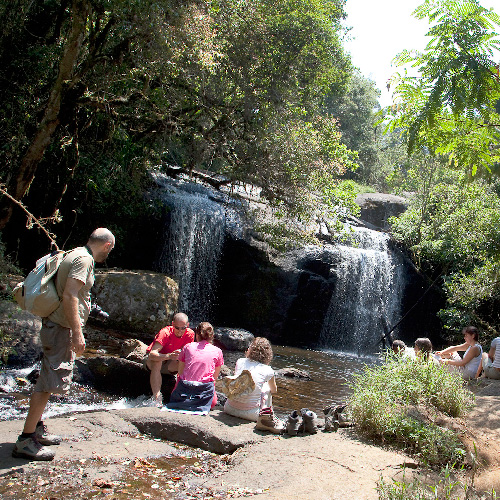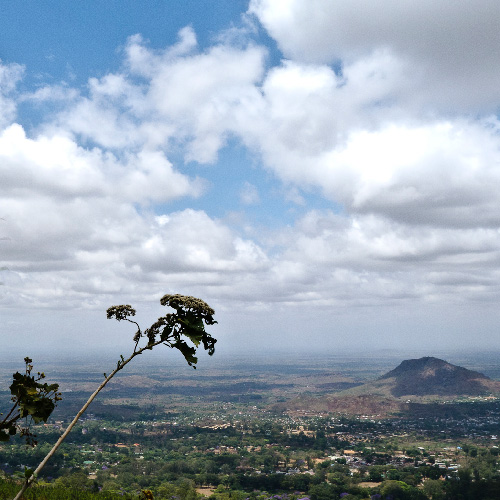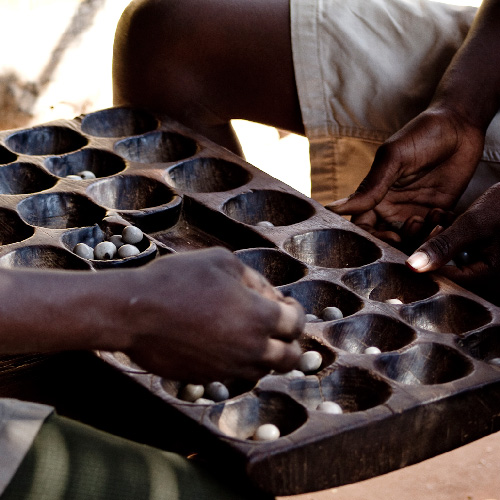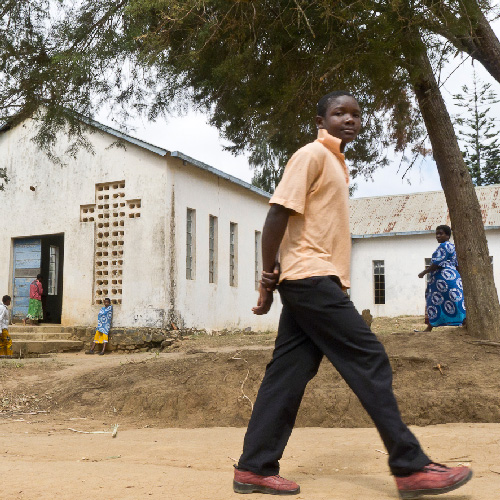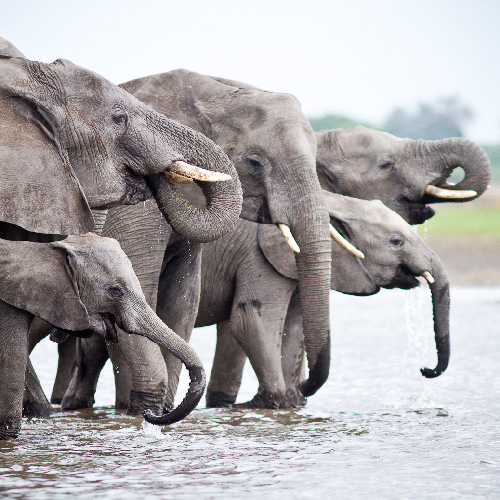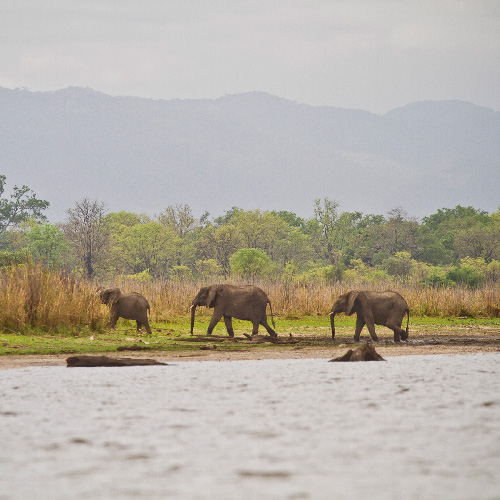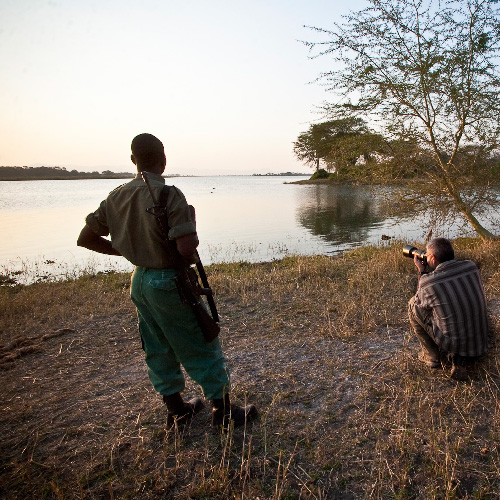A walking tour – Malawi walking in the heart of Africa
A walking tour - Malawi walking in the heart of Africa. A walking route to reconnect with nature between the villages of Lake Malawi and mountain trails, the walking safari in Liwonde National Park and the first capital of the country, Zomba.
A walking tour – Malawi walking in the heart of Africa
WHAT WE WILL SEE
A walking tour – Malawi walking in the heart of Africa. A walking route to reconnect with nature between the villages of Lake Malawi and mountain trails, the walking safari in Liwonde National Park and the first capital of the country, Zomba.
A journey on foot, in the heart of Africa, walking slowly and with the rhythms and culture of the place you are visiting is an authentic and immersive experience. An adventure that will engage all your senses.
Have you always wanted to go on a journey on foot? Forget noisy roads and long drives off-road? We believe that exploring a destination and join a walking trip is a great way to discover culture and the beauty of that land. At every step you discover new details, you grab something about the world and about yourselves. In peace and tranquility.
A walking tour in Malawi to reconnect with nature between villages on Lake Malawi, mountain trails that will allow us a different point of view. A small town where people move still often on foot, or by bicycle. This journey will bring us closer not only to the Rift valley views between plateaus, mountains, waterfalls, lakes and wildlife where the first explorers like David Livingstone moved often by only traveling on foot.
This journey on foot will usher us into the villages, among the people to discover the secrets of local culture and traditions. In the oldest tea plantations of the whole country, overlooking Mount Mulanje, the highest mountain in Southern Africa, the first in Zomba capital of the country with its plateaus and its heart, the market. We will face the walking safari in Liwonde National Park in search of the rare black rhino, we will dive into Lake Malawi, walking between the villages and without fail to visit social projects. In the heart of Africa for a trip on foot, including history, culture, safaris and unique natural scenery.
DURATION
14 days. Possible extensions in the unspoilt Majete Wildlife Reserve.
TRAVEL
The TRAVEL: Walking tour – Malawi walking in the Warm Heart of Africa.
About sixty kilometers from the city of Blantyre in southern Malawi, stands solitary massive Mulanje, called in Chichewa Island in the Sky, a large and spectacular granite of about 650km2.
The average altitude is about 2000 meters and at least a dozen peaks above 2500 meters populate this giant who has the distinction of being the highest mountain in Southern Africa, coming, with the peak of Sapitwa, at 3002m altitude.
Mount Mulanje, protected within the Mulanje Mountain Forest Reserve at the base, is located at an average altitude of about 650m and is an area completely covered by a green mantle of tea and bamboo forests or unique plants found only here ( there are about 500). The precious and famous and vulnerable Mulanje cedar, Widdringtonia whytei and endemic plants that grow here are preserved as part of the highest biodiversity of the entire Malawi plants. The diversity of ferns is amazing with over 100 recorded species in the forest and new species that have yet to be classified. Also endemic is the chameleon (Chamaeleo mlanjensis), two species of gecko (Lygodactylus rex) and L. bonsi and other frogs. Among the mammals are 66 species, including baboons, monkeys and small antelopes, hyenas, leopards, although difficult to see. It is the only place in Malawi where there is the rodent aethomys namaquensis. Mount Mulanje is also important for butterflies: we can count 233 species. 22 of the 56 species of birds found in the African archipelago mountain system, breed on Mount Mulanje.
Do not forget that tea and tobacco are key resources for Malawi, whose economy depends almost entirely on the cultivation of these two products. The first tea plantations in Africa were introduced in the late nineteenth century precisely in Malawi: the views open up spectacularly in huge and rolling hills covered by a spotless green mantle and tea. Walking through the immense spaces of the plantations we meet the tea workers who patiently pluck the young leaves at the top of the plants, leaf by leaf, to fill the huge baskets on their backs.
Liwonde National Park, in the south of Malawi needs no introduction. It is certainly the most famous park in the country and in the interior, along the Shire River, abound many elephants and antelope such as Lichtenstein’s hartebeest (Alcelaphus lichtensteini) and the Sable antelope (Hippotragus niger), buffalo, zebras, hyenas, warthogs, baboons, hippos and crocodiles; hundreds of species of birds inhabit the park which is a real ornithological paradise. The vegetation is very diverse, ranging from forests of mopane, the palm trees, the grassland, the acacias, while the hills dominate the forests of miombo. For this the Liwonde is the only place in Malawi, where the inseparable Lilian Lovebird (Agapornis lilianaeis) nests. The park is also an IBA (Important Bird Area) recognized internationally with significant populations of rare or endangered species. Visit Zomba, the first capital of Malawi, with its colonial architecture, the old covered market and the legendary Zomba Plateau from where Livingstone spent to explore Lake Malawi and start to end slavery!
We will move on the banks of the third largest lake in Africa, in the Lake Malawi National Park, this is a World Heritage Site, one of the world’s largest water reserves, by the clear waters and golden beaches that that cannot be compared to our Italian coast. It is estimated that the endemic fish that inhabit the waters, cichlids, are around 1000 species. The fishing villages and simplicity of Malawian life, with its rhythms from the lake. Here we surely meet the fishermen of the lake with their fishing canoes who are dedicated to following old traditions. The drying of fish is a ritual and a procedure in which they are involved, and the old women of the village help, while the children and the boys help the fishermen repairing nets. Malawi is indeed a warm and welcoming country. Its people have a warm and hospitable heart that in no other country in Africa we have ever heard. Away from tourism and despite the poignant beauty of its landscape, its hospitable and incredibly friendly people, the kilometers of pristine beaches of golden sand, Malawi is a country not yet discovered by tourism and this makes it even more fascinating.
MEANS OF TRANSPORT
The only distances traveled by jeep will be those to and from the airport of Blantyre and 5 hours of transfers in total. For 14 days, we will use only the legs! We will walk in contact with nature, a walking safari on the highest mountain in southern Africa and in the villages on the shores of Lake Malawi. A journey on foot that is still similar to what the explorer David Livingstone did.
GUIDES
The professional guides are selected on the field during our trek and have distinguished themselves for their high training, experience and reliability and are registered as official guides from the Ministry of Tourism. They are guides that we have carefully chosen following an idea of sustainability of travel and social commitment, to ensure the traveler the most profound experiences that generate benefits for local communities.
ACCOMMODATION
In Zomba and in Liwonde National Park, sleep in eco-friendly lodges in unique positions. In Mulanje, at the base of the mountain, we will spend the nights in a nice colonial house, where AfricaWildTruck is based, the nights on the mountain will be spent in simple but comfortable mountain huts, equipped with water and firewood. The mountain equipment (mats, tents and field kitchen will always be available).
On Lake Malawi we will spend the night in a colonial house. The facilities have been carefully chosen following an idea of land conservation and sustainability of travel, preferring positions in close contact with nature. To get the list of lodge and camping write to us!
PERIOD/SEASON
Temperatures depend largely on the season, from the latitudes and altitudes. On the right is a table indicative of average temperatures in the different seasons. The hottest month is November, the coolest month is June / July. The dry season is from April / May to November / December, during which we recommend hiking on the mountain. The wet season is usually from December / January to March / April. Contact us for more information on the current season, they are not all the same all the time!
TRAILS
The difficulties for excursions, ranging from moderate (T2) and possible for intermediate walkers being at still a moderate altitude and on good trails with a number of ascents and descents quite challenging (T3) for walkers with a little training and on land a little disconnected.
WALKING TOUR GUIDE
Walking tour – For who
For walkers, for those who want to enjoy a bit of adventure and different rhythms of everyday life, for those who want to explore, for those who want to regain their time and shake off all the fears and enjoy unique places and traditions. For those who are fed up to spend time sitting in the car, for those who believe that a trip on foot is our natural means. For those who want to reconnect with nature, with the places and with knowledge.
For inspired travelers, for those who believe in the values of responsible tourism and for those who think that their legs are the best means of transport.
Walking tour – How
With a small group of people (maximum 8) who think just like you and with local professional guides, qualified, experienced and working in the field, you’ll enjoy a walking trip in the countryside, on mountain trails, walking safaris in national parks, markets and villages you’ll meet on the road, walking on foot as much as possible.
You will have the chance to savor the journey slowly, so most “green,” without a trace. It will be a time of personal growth, you will enjoy the endless moments without having to run from one place to another and the baggage with which to return home will be enriched with new experiences and friendships. All this always in absolute safety.
The whole trip will be approached on foot, on paths and variable distances, but always comfortable and relaxing rhythms to allow rest any time of day. During the entire trip we will use the car for only 5 hours. Yes, that’s right, five hours total on a 15 day trip, to address transfers that walking would be uncomfortable and boring. In addition to the two transfers to and from the airport. The guides, which are present for the entire trip, are not only professionals and experts in nature of the regions we are exploring, but they at home! added value to enjoy the best of nature and of the traditions that make it Malawi unique.
Itinerary
Walking in contact with nature, we will enter in the villages with less pressing rhythms and much more human and discover traditions among the people to as well as the culture and secrets of the Chewa.
We will climb the highest mountain in southern Africa, through the plateau that lie between 2200 and 2500 m for a few days of trekking; starting from an altitude of 800, we will travel a journey that even today is similar to what the explorer David Livingstone did. The mountain is not just nature. Often encountered along the way are some offerings Malawians give to the spirits of the mountain.
Accompanied by a professional guide, we will explore an area of the forest reserve made up of tracks, smells, endemic plants, birds and mammals such as antelope and small predators and countless suggestions that only nature can offer. It requests a passion for the mountains and a basic training, in addition to the observance of a few simple rules dictated by the peculiarities of the places.
In the highlands of Zomba, while walking at an altitude of 1800-2000 m, the paths will always be in good condition and not too demanding. Your walks in the tea gardens are sweet and quiet as well as the walks in markets and villages of Lake Malawi. The walking safari in Liwonde National Park will be accompanied by a professional guide and an armed ranger.
The hiking on Mount Mulanje is one of the most charming and fascinating experiences that you can do in Malawi and Africa in general.
Mount Mulanje is a mountain that offers mountain lovers the excitement of an ancient path and how it used to be
Photography during the walking tour
Photographers during the journey on foot will always be permitted to bring their own camera equipment. The guides will try to stop when they want and in the best conditions.
To know
Huts on the mountain are basic, with floor mats and without electricity and with a simple yet traditional “bucket shower”, hot shower with the bucket, like 100 years ago, when they were built. There is a magical atmosphere around the fire. The shelters apart from the CCAP hut, are managed by the Malawian government, with a guardian within that will offer fire and hot shower. Consider also good hiking boots, a warm sleeping bag, binoculars, a head torch, sunscreen, hiking clothes and raincoats. It is highly recommended to get a porter. Lunches are packed, while dinners and breakfasts are in self catering. The water is potable on the mountain. Africa Wild Truck only uses the services of certified guides and porters authorized by the Government of Malawi. In parks or in the reserves, you will be made to sign a discharge of responsibility required to access given the nature of the place.

